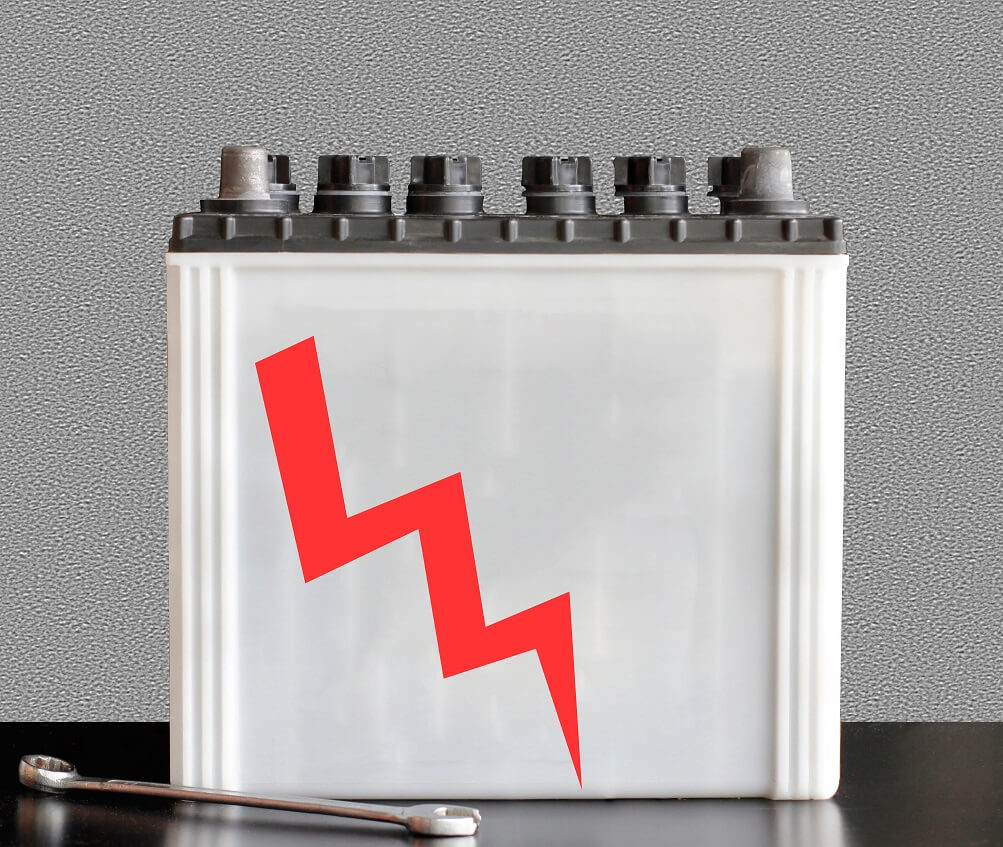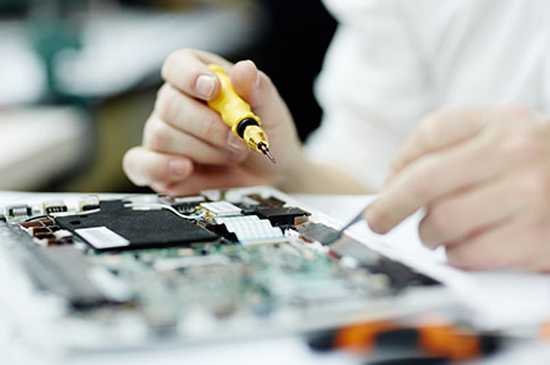The basic of batteries and battery mounting

All electronics onboard a boat needs power, and typically this will come from a battery. However, each vessel will have different battery requirements depending on the amount of power needed, size of vessel, etc… Some boats will have multiple batteries, whilst others may only have one.
Types of battery
There is a number of different types of battery, however, most are all based on the same lead-acid chemistry make up, where the battery contains Lead plates, Lead Oxide Plates, and Sulfuric Acid (Electrolyte).
· Wet Cell Battery:
A battery where the plates are submerged in sulfuric acid.
· Absorbed Glass Mat (AGM) Battery:
The sulfuric acid is absorbed into Fiberglass Mats which are placed between each plate.
· ‘Gelified’ Electrolyte Lead Acid (GEL) Cell Battery:
The sulfuric acid ix mixed with fumed silica to create the gel like substance.
There are other types of battery chemistries available on the market, however as these are the most common 3, we have covered them here.
It is important to not mix battery types if more than one battery is required, and they should be located in the same ambient environment if they are of the same battery bank.
What is a battery bank?
A battery bank is where more than one battery is used in the same location. It is commonplace for larger vessels to have multiple battery banks, whilst others use fewer banks but they are larger in size.
An example of a typical battery bank installation may consist of 3 banks, one of which is the ‘house bank’, that provides the power for the onboard electronics, for example, your onboard ambient lights.
The second ‘engine bank’ is for the engines and generators, and the third is an ‘Emergency Bank’, which is there for the critical systems to ensure that they never go off, which is where your AIS, VHF, etc would be powered from.
Mounting the battery
Any battery should be mounted in a safe and dry but easy to access location, should any maintenance be required. The mounting location should have an onboard vent located nearby, due to the wet cell batteries discharging hydrogen gas.
Alongside this, the battery shouldn’t be mounted above or below anything related to the fuel system such as fuel tanks or filters (for obvious reasons!), and realistically it shouldn’t move at all when mounted. There is a maximum allowance of 1” of movement, but no movement is preferred and safer.
Wiring the battery up
The wire thickness (American Wire Gauge (AWG)) is dependent on the electronic load and battery power on the vessel, plus in accordance with the local wiring specifications.
If 6AWG and larger wire are being used, they must not be connected to the battery using Wing Nuts, and there should be a maximum of 4 conductors attached to a battery post.
As part of the NMEA Standards, any bare wire must be tinned, and multiple conductors connected to a battery shall be installed with the highest amperage capacity conductor closest to the battery.
Learn how to set up your NMEA 2000 network from scratch with Actisense’s free e-book.





